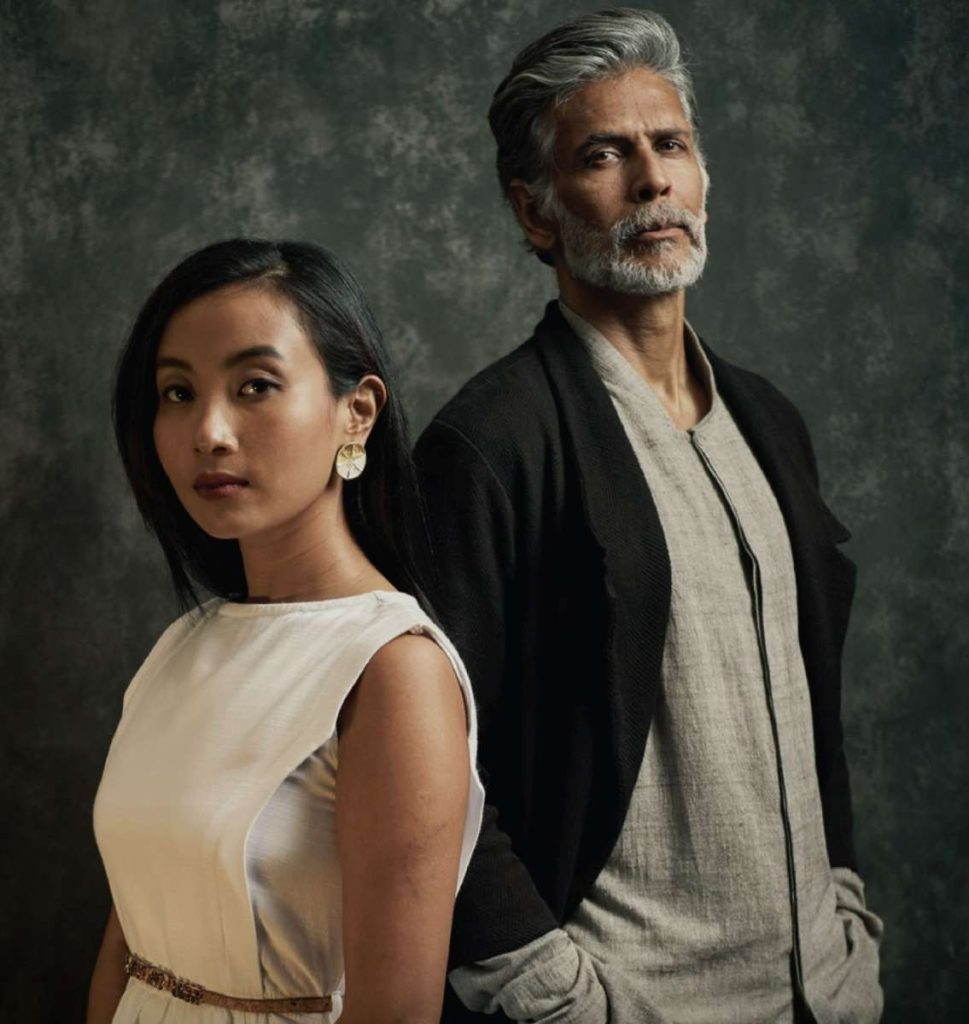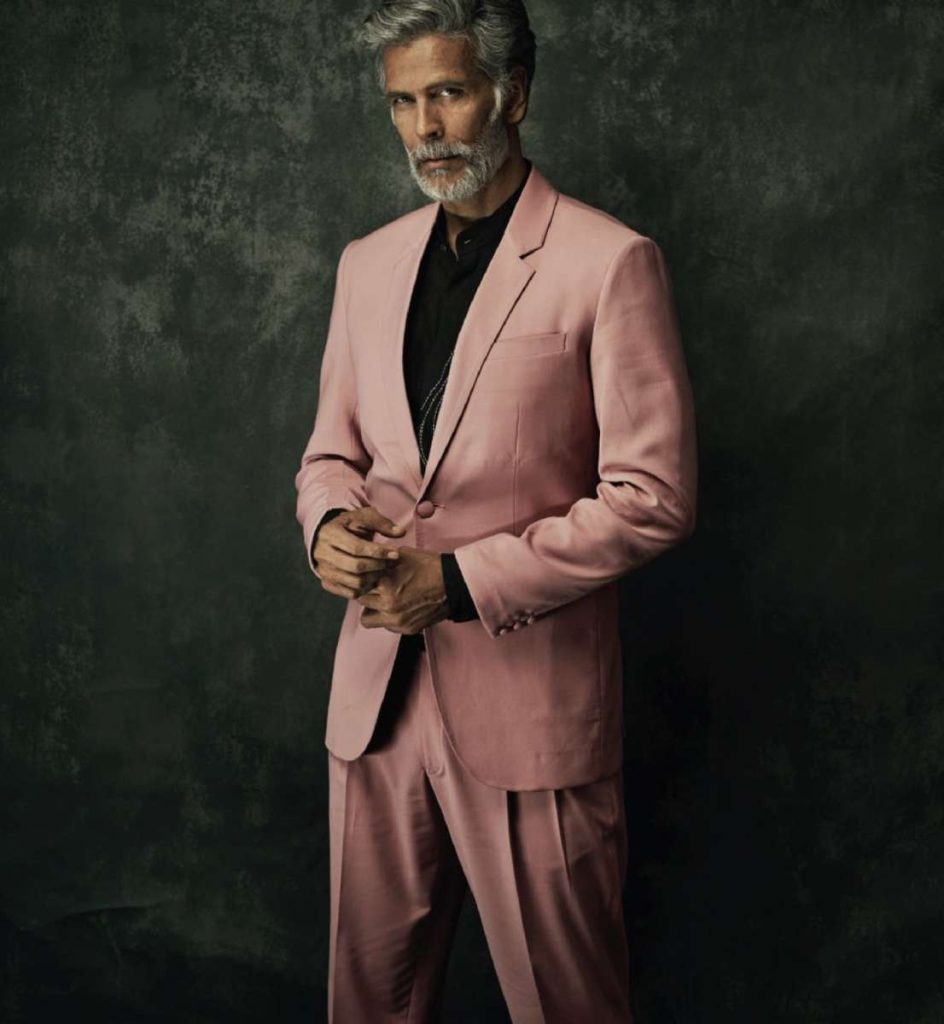We have all witnessed the evolving landscape of fashion, where our wives, daughters, and women, in general, are breaking free from the confines of gender-specific clothing…reports Asian Lite News
In recent years, there has been a remarkable shift in the perception and expression of gender identity, both globally and in India. One powerful aspect of this movement is the rise of gender-neutral clothing, which enables individuals to dress in a way that aligns with their own unique identity, rather than conforming to societal expectations.
The market demand for gender-neutral clothing has been steadily rising. According to a report by GlobalData, the global gender-neutral fashion market was valued at $27 billion in 2019 and is expected to grow at a compound annual growth rate (CAGR) of 15.5 percent from 2020 to 2027. No wonder, many mainstream fashion brands have started to incorporate gender-neutral collections into their offerings
We have all witnessed the evolving landscape of fashion, where our wives, daughters, and women, in general, are breaking free from the confines of gender-specific clothing. They proudly showcase their prowess in un-gendering fashion and embrace a more fluid and inclusive approach to their attire. Let us take a serious look at how gender-neutral clothing is revolutionizing the fashion industry and creating a more inclusive world for the global LGBTQA+ community, including the vibrant community in India.
Breaking Free from Gender Stereotypes
For far too long, fashion has been confined by rigid gender norms, dictating what is considered appropriate attire for men and women. Gender-neutral clothing defies these stereotypes by offering a more fluid and versatile approach to personal style. It encourages individuals to express themselves authentically without the fear of judgment or exclusion based on societal expectations. By rejecting the idea that clothing should be limited to specific genders, we open the doors to a world where self-expression is celebrated and diversity is embraced.
Empowering Self-Expression
Gender-neutral clothing empowers individuals to define their own sense of style, free from the constraints of gender norms. It provides a platform for creative expression, allowing people to mix and match different styles, colours, and silhouettes without feeling restricted by the gender binary. This freedom to experiment with fashion not only enhances personal expression but also encourages self-acceptance and boosts self-confidence. It enables individuals to present themselves authentically, fostering a sense of belonging within the LGBTQA+ community and beyond.
Gender Neutral Clothing Ensures Inclusivity for All
The impact of gender-neutral clothing extends far beyond the LGBTQA+ community. It promotes inclusivity for people of all genders, including those who identify as non-binary, genderqueer, or genderfluid. By challenging the notion that clothing should be limited to masculine or feminine designs, fashion becomes a more accessible and welcoming space for everyone. This revolution is gradually dismantling the barriers that have long separated fashion by gender, allowing people to wear what they love and feel comfortable in, regardless of societal expectations.
How to Further Generate Education and Awareness?
Social media platforms have played a significant role in popularizing gender-neutral fashion. Influencers and activists on platforms like Instagram and TikTok have created a space for discussions, fashion inspiration, and sharing of gender-neutral outfits. This online community has contributed to the normalisation and acceptance of gender-neutral clothing. Thus, now it comes to basic education – schools, media, and communities can play a vital role in providing comprehensive information about gender diversity and celebrating individuality. By incorporating these topics into curricula, workshops, and public discussions, we can create a generation that is more accepting and understanding of different gender expressions.
What is the Fashion Industry’s Role?
The fashion industry plays a pivotal role in driving societal change and fostering inclusivity. In recent years, many designers, brands, and retailers have embraced the concept of gender-neutral clothing. They are not only creating collections that cater to diverse gender identities but also challenging the existing norms by featuring genderqueer models and dismantling traditional fashion presentations. This industry-wide support is instrumental in breaking down stereotypes and promoting acceptance on a global scale.
Design Innovation Amid Gender-Inclusive Sizing and Retail
Fashion designers will continue to push boundaries and explore innovative designs that cater to diverse gender identities. Materials and technologies will advance, allowing for garments that are both stylish and adaptable, accommodating different body types and preferences. Customizable and modular clothing will become more prevalent, enabling individuals to express their unique identities through personalized fashion choices. The fashion industry will move away from the traditional binary sizing system, recognizing the need for gender-inclusive measurements.
Inclusive Representation at Fashion Events
The future of fashion will embrace greater diversity and representation. Designers, brands, and retailers will prioritize inclusivity in their campaigns, fashion shows, and advertisements. Unlike a handful of Rainbow Fashion shows today, the future will have a wider range of LGBTQA+ models who will showcase diverse gender identities, body types, ages, and cultural backgrounds. This inclusive representation will foster a sense of belonging and promote self-acceptance within the LGBTQA+ community and beyond.
Gender-neutral clothing represents a significant step towards challenging societal norms and fostering inclusivity. By breaking free from traditional gender expectations, individuals can express themselves authentically and confidently. Let us continue to support and embrace the global LGBTQA+ community, advocating for a world where everyone can dress and live without fear of judgment or exclusion.
ALSO READ-Work out a medicine for Type 2 Diabetes




